Posts Tagged ‘UK coin’
Your Guide to the UK’s Pre-Decimal Currency
If you were born after the UK’s coinage system turned decimal, or it’s simply been a while since you’ve thought about pre-decimal coinage, it can be a bit confusing!

From the farthing, to the Thrup’nny bit, there’s a lot of coins to get your head around. So, Change Checker is on hand with your guide to the UK’s pre-decimal currency!
The Farthing
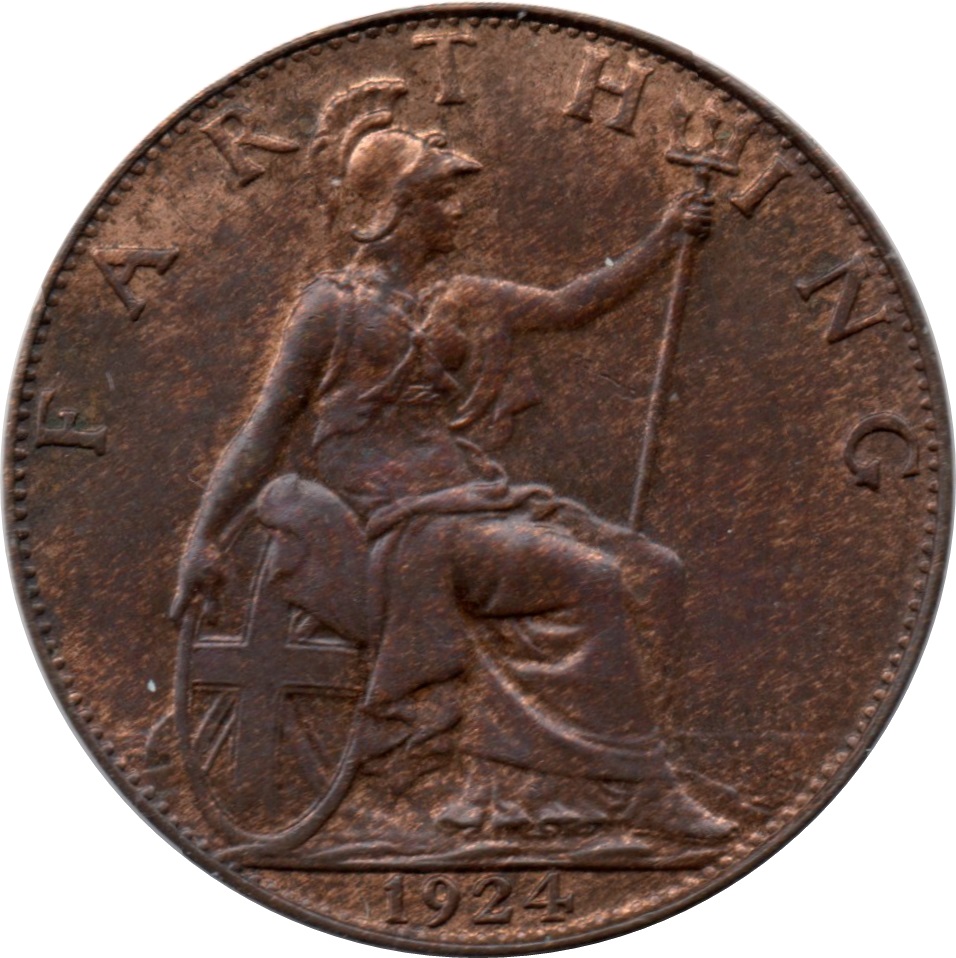
The farthing equaled that of a quarter of a penny and it was issued for circulation for nearly 100 years (1860-1956).
This small but significant coin featured the portraits of 11 monarchs, including George I, Queen Victoria, and Queen Elizabeth II.
Half Penny
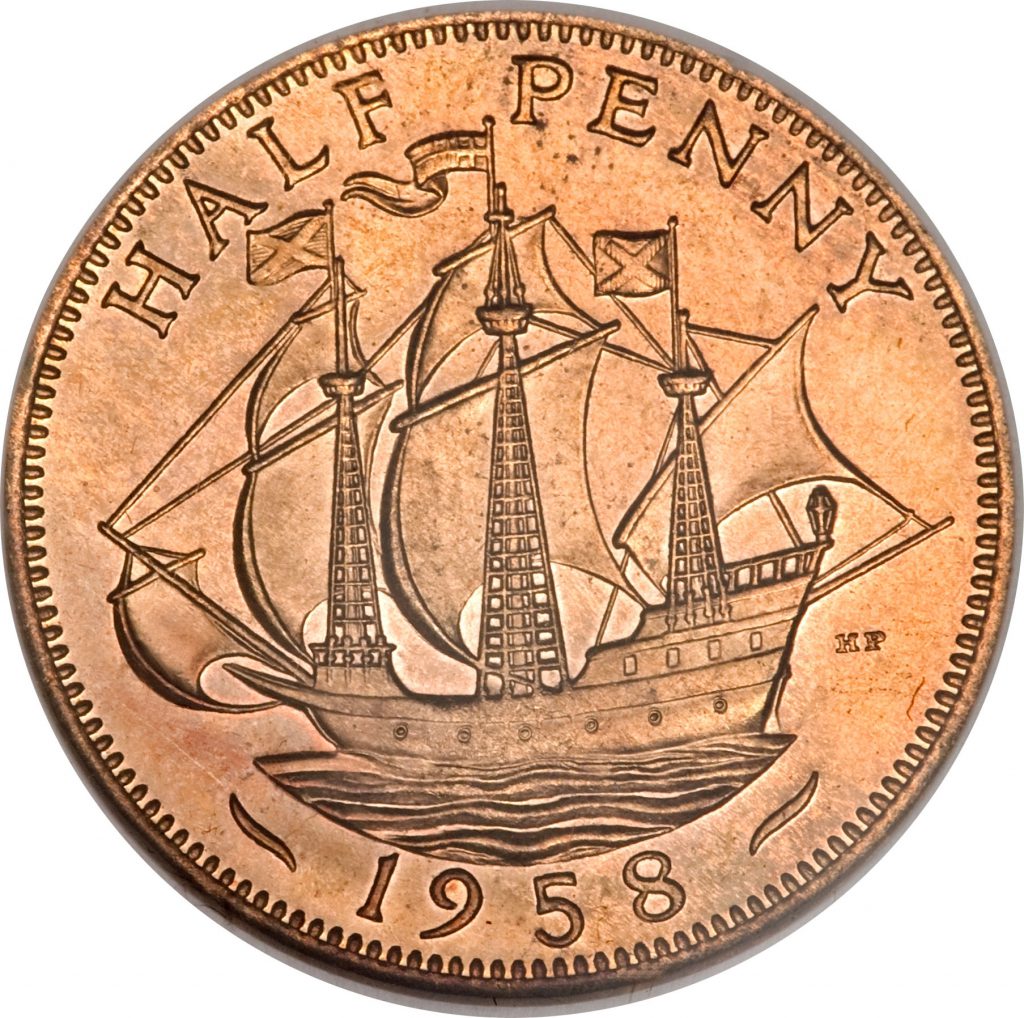
Suggestive of its name, the half penny was worth, literally half of a penny in value. Two farthings would therefore make a half penny!
The last half penny issued for circulation was dated 1967.
Penny

The pre-decimal One Penny, also known as 1d, held a lot less value than the modern ‘New’ Penny – there were 240 pennies in a pre-decimal pound!
They were used in circulation from 1714 and the last One Penny was struck in 1967, before the introduction of the ‘New’ Penny in 1971.
Threepence

The 12-sided threepenny (or 3d) is fondly remembered for its individuality. There was quite literally nothing quite like it before, and it holds the proud title of Britain’s first non-circular coin since milled coins were introduced in the 17th century.
The unconventional shape and thickness of the new brass Thrup’nny Bit made it easy to identify amongst other coins in loose change and it quickly proved to be a very popular new addition.
Alongside this brass version of the threepenny, a silver 3d also circulated through the reign of King George V. It even sometimes circulated alongside the brass coin!
Its name derived from it’s value, being equal to exactly three pennies.
Sixpence
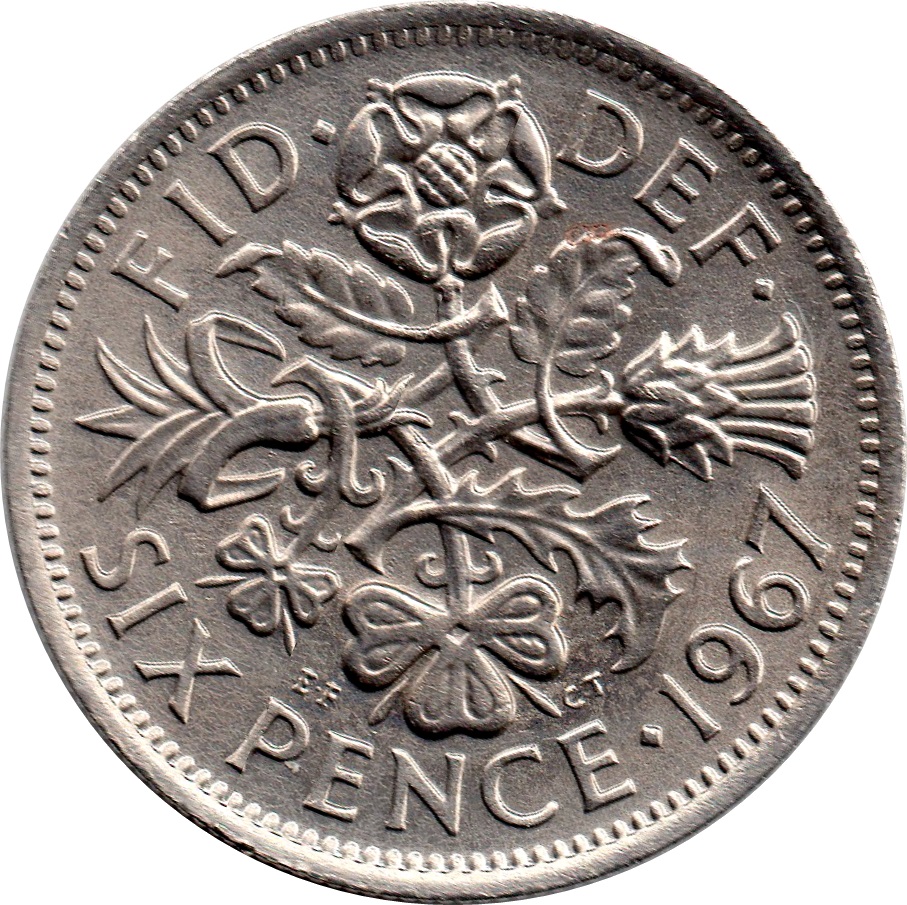
Also called a ‘Tanner’ the sixpence was equivalent to one-fortieth of a pound sterling, or half a shilling.
It was first minted in 1551, during the reign of Edward VI, and circulated until 1980.
Throughout centuries, the sixpence has been considered lucky, with fathers slipping one into their daughter’s shoe on their wedding day, and families hiding one in their Christmas pudding, in the hope it would bring prosperity and good fortune.
The sixpences continued to be legal tender until 1980 with a value of 2 and a half new pence. The public were so fond of the sixpence, that there was even a ‘Save Our Sixpence’ campaign!
Shilling
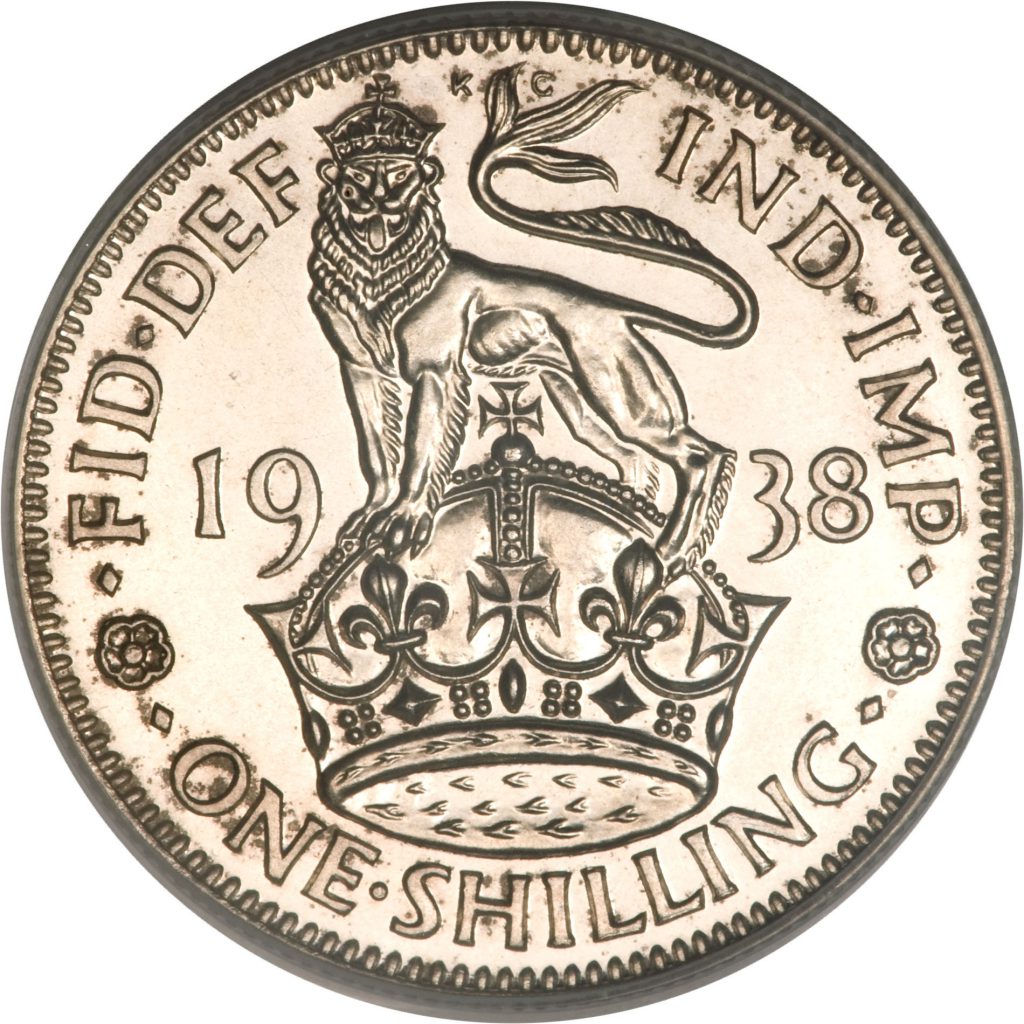
A shilling (or 1/-) was worth 12 pennies and there were 20 in the pre-decimal pound sterling.
The shilling was technically replaced by the five new pence in 1968 in preparation for the decimal changeover in 1971 but they were used as five pence pieces until the 5p was made smaller in 1990.
Florin
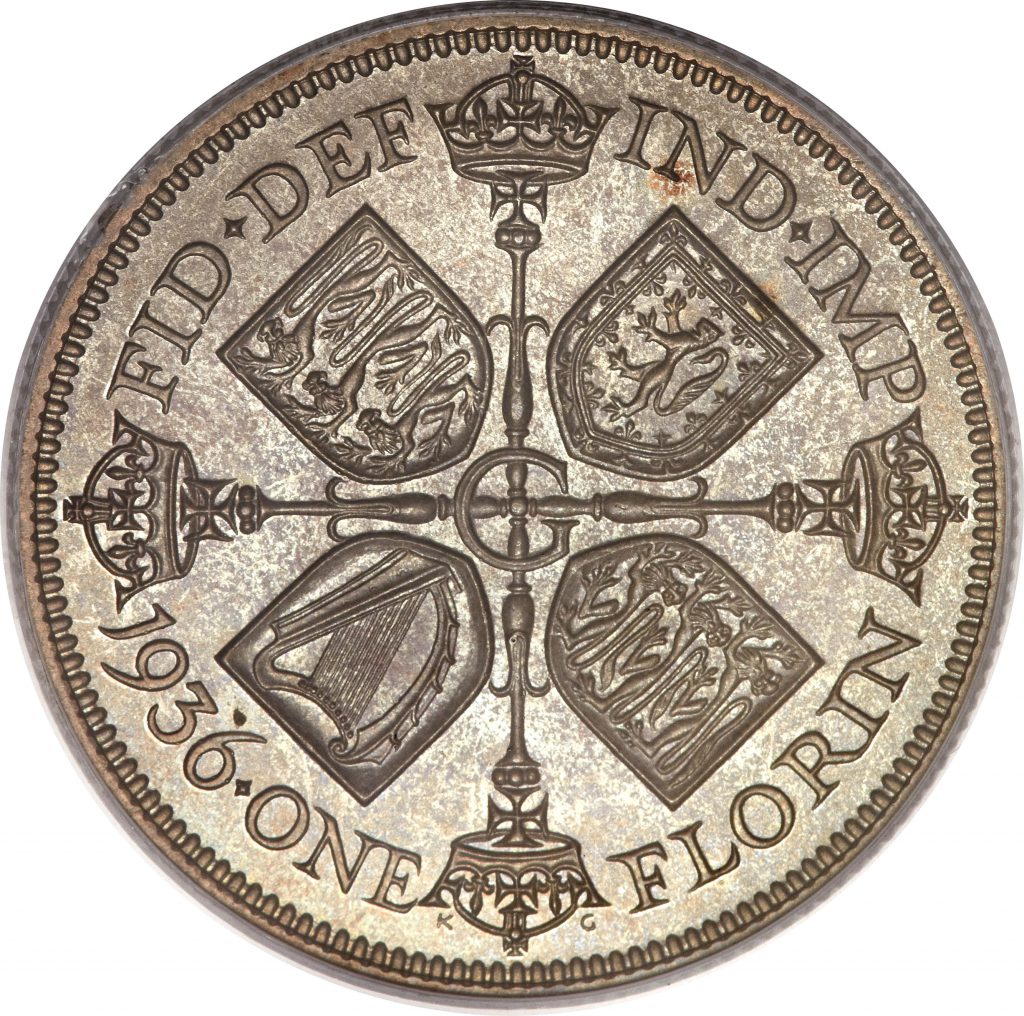
The Florin (or Two Shillings, 2/-) was worth 24 pre-decimal pence or two shillings. It was introduced by Victorians in a step towards decimalisation because it was worth one tenth of a pre-decimal pound sterling.
The last Florin intended for circulation was dated 1967 but these coins were used as Ten new pence until the 10p was made smaller in 1990.
Half Crown

The Half Crown (2/6) was worth 30 pre-decimal pence (or two shillings and sixpence). There were eight Half Crowns in a pound sterling.
The last crown for circulation was dated 1967.
Crown
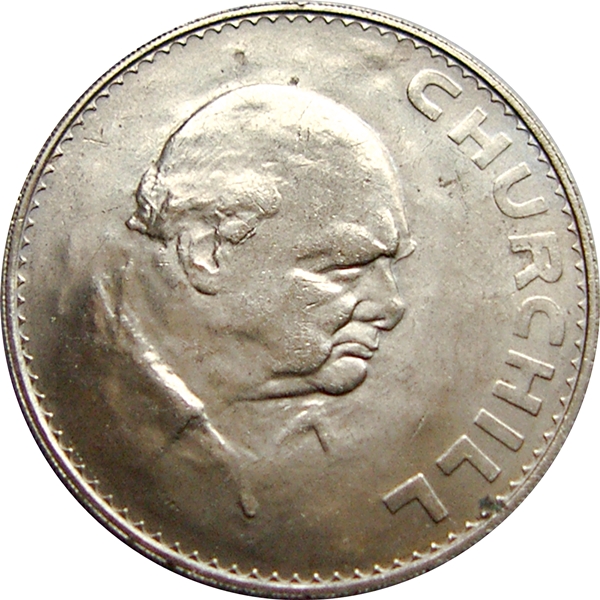
The English crown was introduced by order of King Henry VIII in 1544 but it wasn’t until 1707 that we saw the British crown. It was the successor to the English crown and the Scottish dollar, and it came into being with the Union of Kingdoms of England and Scotland.
It was worth 60 pre-decimal pence or 1/4 of a pound sterling. The legal tender value of the crown remained as 25p until 1990 when their face value was increased to £5 in view of its relatively large size compared to other coins.
With its large size, many of the later coins were primarily commemoratives. The 1965 issue carried the image of Winston Churchill on the reverse, the first time a non-monarch or commoner was ever placed on a British coin, and marked his death.
In 2010, Crowns (£5) were no longer available from banks or post offices and other distributors for face value. They are now reserved for significant anniversaries, birthdays or celebrations and are available to purchase from The Royal Mint and other distributors.
Half Sovereign and Sovereign
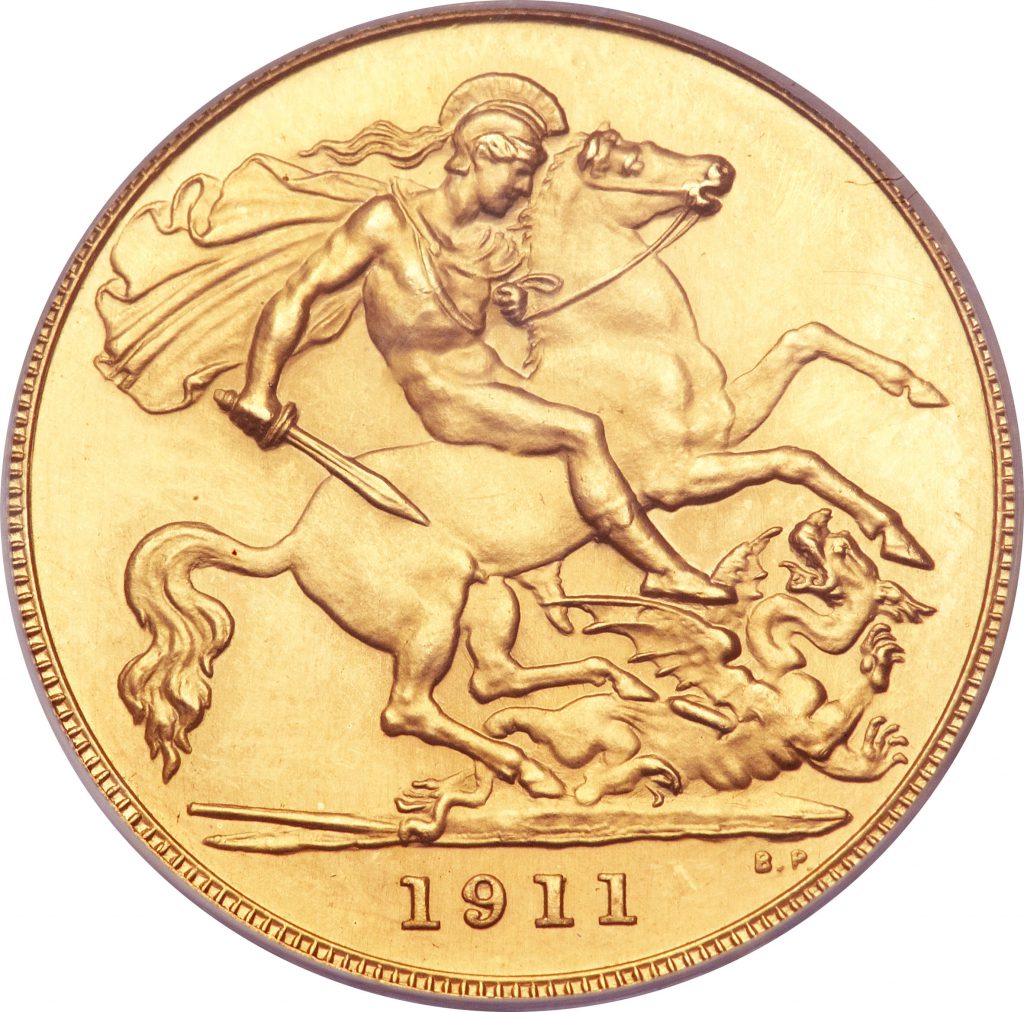
Sovereigns had a face value of 20 Shillings (or one pound) and Half Sovereigns of 10 Shillings. As they are made of 22ct Gold, they have a much higher metal value and have not been used as currency in recent years due to this.
Sovereigns are now reserved for flagship royal or historical anniversaries and are only available to purchase from The Royal Mint or official distributors.
Now that you’ve read your guide to the UK’s pre-decimal currency, do you have a favourite coin from the ones we’ve mentioned? Let us know in the comments below!
Secure the Complete Decimalisation Coin Collection & Display Card for JUST £30.00 (+p&p)
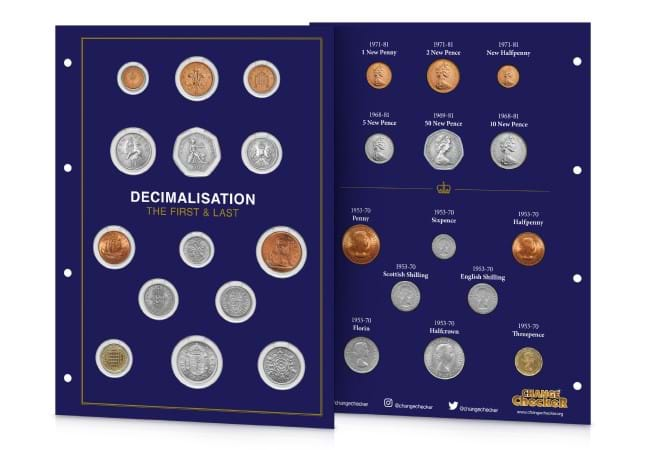
2021 will mark 50 years since this pivotal moment in British history and so in tribute, Change Checker has issued this Complete Decimalisation Set.
It includes the 14 coins which were affected by the decimal changeover on ‘D-Day’ in 1971 and makes for the perfect heirloom for any aspiring collector, or for those interested in the heritage of British coins.
Secure yours here for JUST £30.00 (+p&p) >>
BAME figures set to feature on UK Coins and Banknotes
For decades, UK coinage has celebrated some of the most influential and significant people in British history.
However, a lack of Black, Asian and Minority Ethnic figures (BAME) being recognised on legal tender has led to campaigning for greater inclusivity.
This comes after Chancellor Rishi Sunak stated he was considering proposals from a campaign group. He has since asked the Royal Mint to come up with new designs honouring BAME figures who have served the nation – such as military figures and nurses.
Will Mahatma Gandhi be the first to feature?
It has been confirmed that the first figure to be considered in a new series of UK coins that will recognise and celebrate BAME figures on UK currency will be Mahatma Gandhi.

Gandhi is most well known for leading the successful campaign for India’s independence, using nonviolent resistance which inspired human rights movements across the world.
However, he also has strong ties with London, having attended the University College of London law school in 1888.
Despite leaving for India after being called to the bar in 1891, he continued to return to London, right up until his final visit in 1931 where he attended a conference on the future of India.
Military nurse Mary Seacole and spy Noor Inayat Khan also being considered
The Jamaican-born business woman and nurse, Mary Seacole is being considered as one of the figures to feature on a British currency.
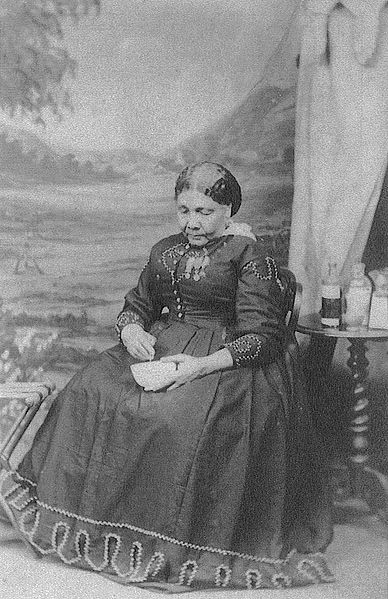
At the outbreak of the Crimean War, Seacole travelled to England hoping to join Florence Nightingale’s famous team of nurses.
However, she was turned down and instead travelled to Crimea herself where she established the “British Hotel”, intended to be somewhere soldiers could rest and eat.
With the location of her hotel being so close to the conflict, she was able to visit the battlefield, sometimes under fire, to nurse the wounded. Indeed, she nursed sick soldiers so kindly that they called her ‘Mother Seacole’.
In May, a community hospital was named after the pioneering nurse and there is also now a trust in her name, which aims to educate and inform the public about her life, work and achievements.
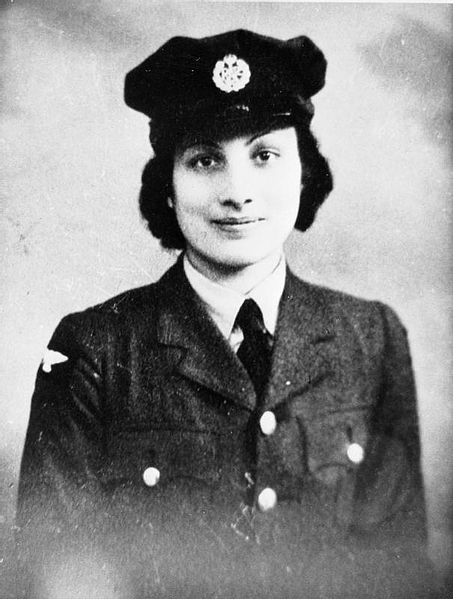
Noor Inayat Khan is also another figure in consideration. Khan was a wartime British secret agent of Indian descent who was the first female radio operator sent into Nazi-occupied France in 1943, by the Special Operations Executive (SOE).
Many members of the same network were arrested not long after entering France, but she spent the summer moving from place to place, trying to send messages back to London while avoiding capture.
In November 1943, she was sent to Pforzheim prison in Germany where she was kept in chains and in solitary confinement. Despite repeated torture, she refused to reveal any information about British Intelligence.
2014 Walter Tull £5
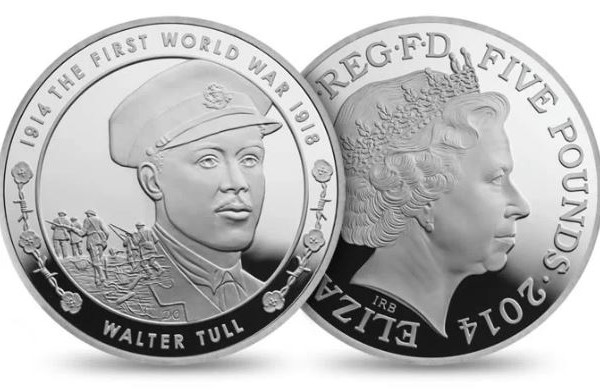
In 2014, a commemorative Silver Proof £5 coin was issued within a series of coins commemorating the First World War.
Recognised as the first black officer in Britain’s Armed Forces, Walter Tull is celebrated on this £5 coin as a hero and famous figure from the war.
However, coins such as this celebrating BAME figures on UK coins are few and far between, and when issued as higher specification precious metal coins, they end up being less accessible to the general public.
Banknotes of Colour Campaign
A ‘Banknotes of Colour’ campaign is currently being led by former Conservative parliamentary candidate, Zehra Zaidi in efforts to see the better representation of non-white peoples on British currency.
She said, “We must tell the story of inclusive representation as it matters for cohesion and it matters in the narrative of who we are as a nation.”
We look forward to hearing more as the story unfolds as Rishi Sunak considers these proposals which would recognise and celebrate BAME figures on UK currency.
If you’re interested in coin collecting, our Change Checker web app is completely free to use and allows users to:
– Find and identify the coins in their pocket
– Collect and track the coins they have
– Swap their spare coins with other Change Checkers

Sign up today at: www.changechecker.org/app
20 Surprising Facts About UK Coins…
Do you think you have a good knowledge of UK coinage? Well check out these 20 surprising facts that you might not know about UK coins!
1. The direction of each monarch’s effigy faces in the opposite direction to their immediate predecessor. This has been tradition since the time of Charles II onwards, with the only exception being Edward VIII, as he preferred his left portrait to his right, which was the side proposed for coins of his reign.
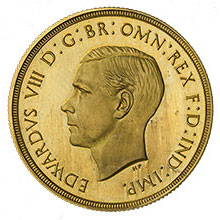
2. Two 1p coins weigh the same as one 2p coin, and two 5p coins weigh the same as one 10p coin. A 1p coin weighs 3.56g, so times that by 2 and you’ve got the weight of a 2 pence piece, 7.12g
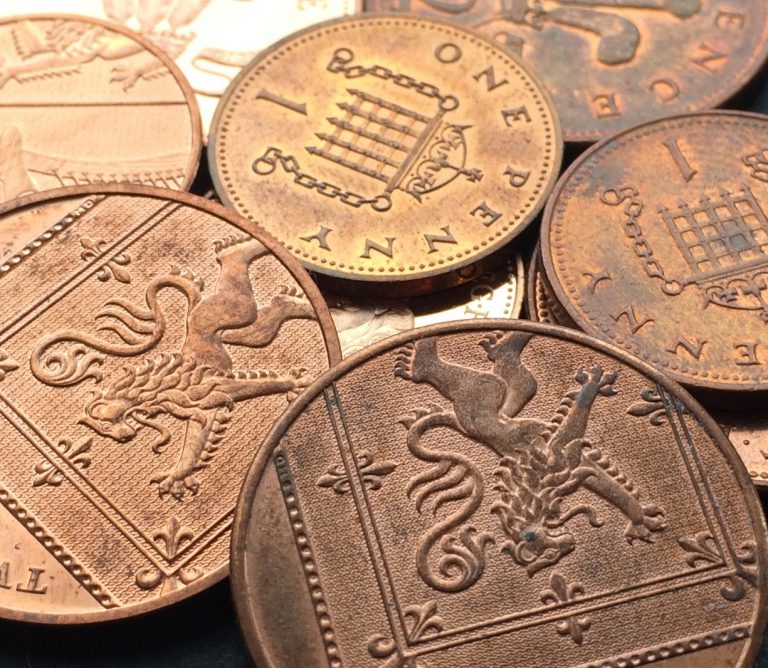
3. Whilst the high-value banknote in general circulation is the £50 note, there are such things as £1 million notes and £100 million notes. They are locked away deep in the Bank of England’s vaults and are used to back the value of every notes issued by commercial banks in Scotland and Northern Ireland.
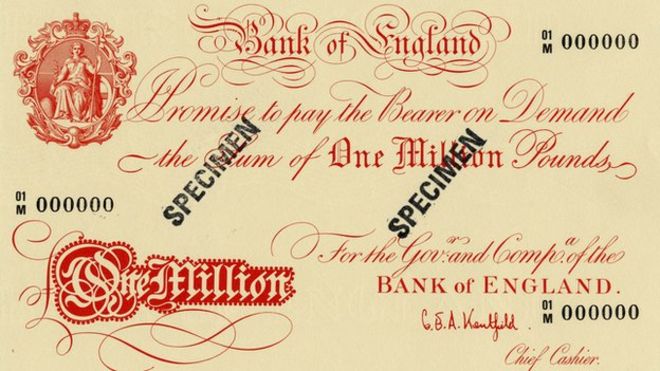
4. The word Farthing derived from a shortening of the word ‘Fourthing’. As far back as 1060, an English coin was shaped like a clover, so that any of the four leaves could be broken off and used as separate pieces of currency.
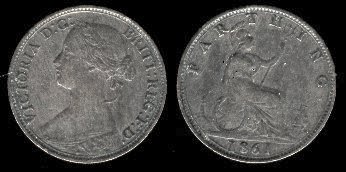
5. The commonly used term ‘quid’ actually originates from the phrase Quid Pro Quo, which translates literally to ‘what for what’. This term first appeared back in 1661!
6. According to the central banks, Brits are the world leaders at counterfeiting. There are an estimated 300 fake notes in every one million sterling notes!
7. When the UK prepared for the decimalization of its coinage, the government embarked on an enormous media campaign including leaflets, TV spots and even songs!
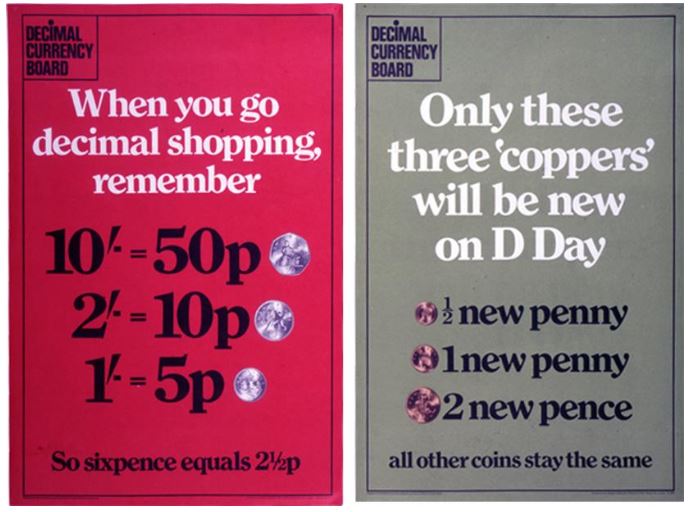
8. During the Second World War, Nazi Germany produced huge quantities of counterfeit sterling notes to try and devalue British currency. By 1945 a huge 12% of the notes in existence were counterfeit! The problem was solved by removing higher denomination notes from circulation and putting metal threads through new notes, making them harder to forge.
9. Stamps are not legal tender. Whilst you are free to accept stamps as payment for a service or goods, there is no legal obligation for you to accept them when offered. They have however been used as emergency currency in other countries.
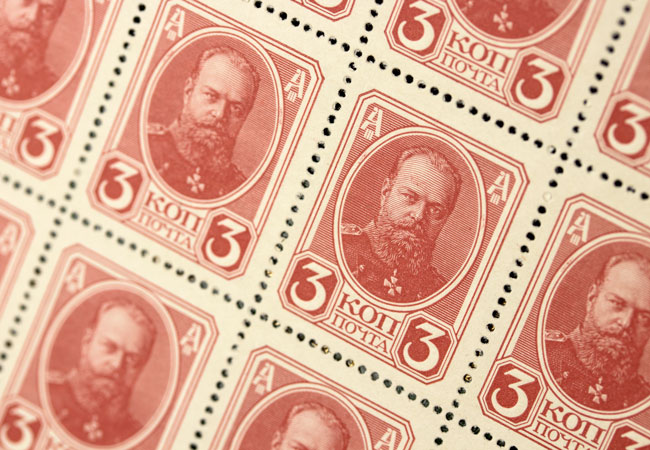
10. You cannot pay fines in pennies. Have you ever considered paying a parking fine you didn’t think was fair with nothing but pennies? Well, be aware that the council is under no obligation to accept them! While relevant parties can choose to accept any type of payment they wish, in England and Wales restrictions apply on sums below £1.
11. Despite common belief, the polymer notes are not indestructible. Although we don’t recommend destroying them as you won’t be able to spend them!
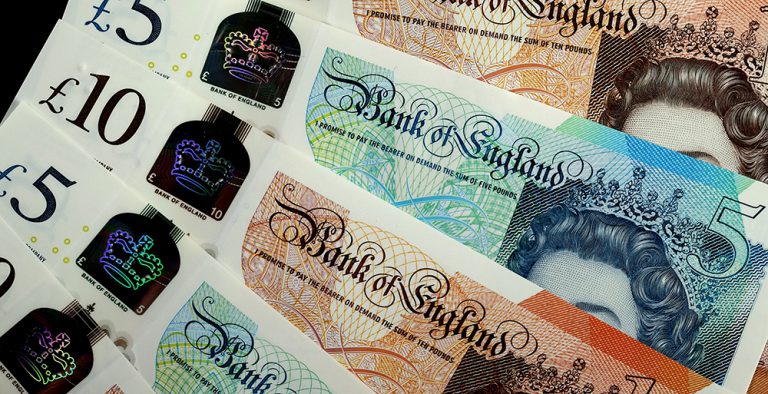
12. An estimated 28,850,000,000 UK coins are in circulation today! This is equivalent to almost 4 billion pounds worth of coins!
13. The use of gold in UK coinage ended when the First World War began. The gold sovereign, prior to 1914, was worth about £1 in circulation. However, the public were asked to hand any in to help fund the war effort. In its place came the £1 and £10 notes.
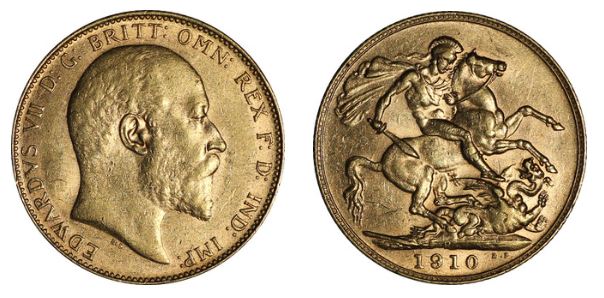
14. There is a myriad of Cockney rhyming slang to describe money. Apple core means £20, Uncle Ben means 10 and if someone asks to borrow a taxi driver, they actually mean a fiver.
15. The ‘coppers’ in your change, aren’t actually made of copper. Since 1992, 1p and 2p coins have been made of steel, with a copper plating.
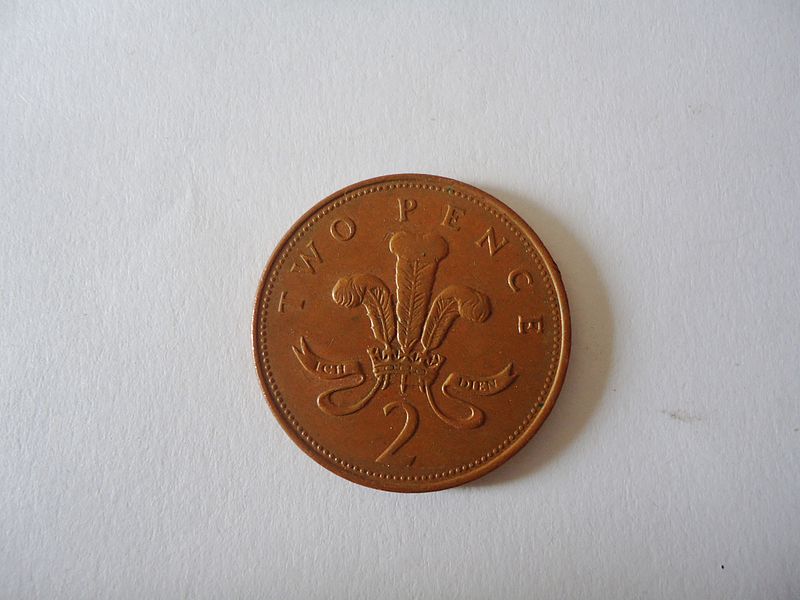
16. The UK’s current definitive coinage dated 2008 or younger, make up the design of the Shield of the Royal Arms when they are all placed together. Pretty cool, right?
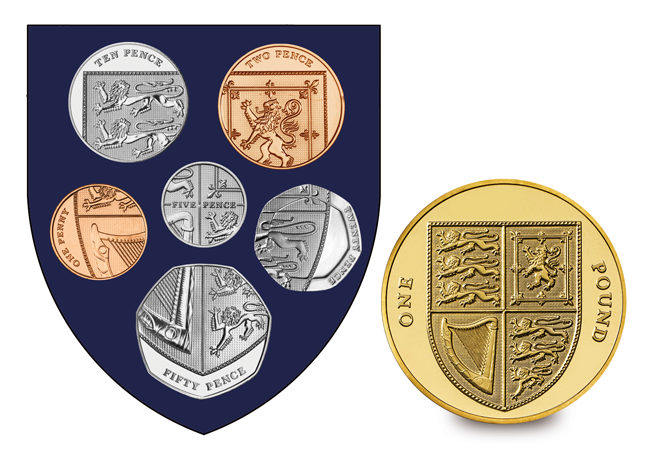
17. Legend has it, the M11 has an exit but not an entry at Junction 5 to prevent would-be thieves escaping. This is because of its close proximity to the De La Rue Currency factory – where banknotes are printed for the Bank of England. This way, any potential robbers wouldn’t be able to make their escape quickly out of London and onto a motorway.
18. The Queen must officially approve any coin design before it can be made. The design is first put to the Chancellor, who then passes it on to the Queen for her official sign-off.
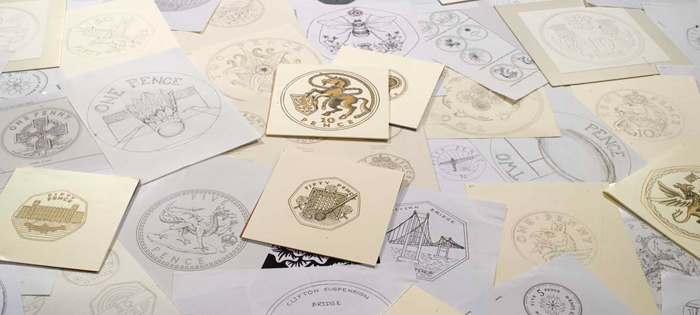
19. A full judicial trial is held to test newly-minted coins – called the Trial of the Pyx. This ceremony is held to ensure newly-minted coins conform to the required standards. The trials are held once a year and the coin’s diameter, chemical composition and weight is tested. These trials have been held since the 12th century and the process remains largely unchanged since that date!
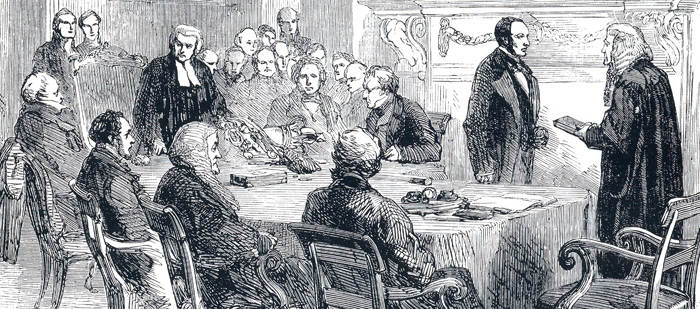
20. If you find a buried treasure chest of money and don’t report it, you could face a prison sentence! Technically any hidden treasure found in the UK belongs to the Queen! All findings must be reported to the coroner within 14 days and the treasure will be offered to museums. If the museums choose not to bid on it, then the finder/land-owner gets to receive it.
How many of these surprising facts did you already know? Let us know in the comments below!
If you’re interested in coin collecting, our Change Checker web app is completely free to use and allows users to:
– Find and identify the coins in their pocket
– Collect and track the coins they have
– Swap their spare coins with other Change Checkers

Sign up today at: www.changechecker.org/app
